Decorating modern homes is not just about choosing pretty furniture. It’s about creating environments that respond to new lifestyles: more open, multifunctional, and tech-integrated spaces that are emotionally connected to the people who live in them. In this guide, we walk you through each area of the home, offering decorative insights that combine functionality, aesthetics, and personality.
The Living Room: A Social Hub with Identity
A modern living room is more than a place to watch TV—it’s a meeting spot, a place for relaxation and self-expression. That’s why its decoration should be as versatile as it is meaningful.
Start with a neutral base: light-colored walls, continuous flooring, soft textiles. Then add elements that tell your story: a comfortable yet characterful sofa, a rug that defines the space, wall art that reflects your personality. A modern living room is, above all, fluid. It may include a reading nook, an occasional workspace, or a decorative shelf with dual functionality.
Pro tip: use floor lamps or wall sconces to create warm light points and improve the atmosphere without visual clutter.
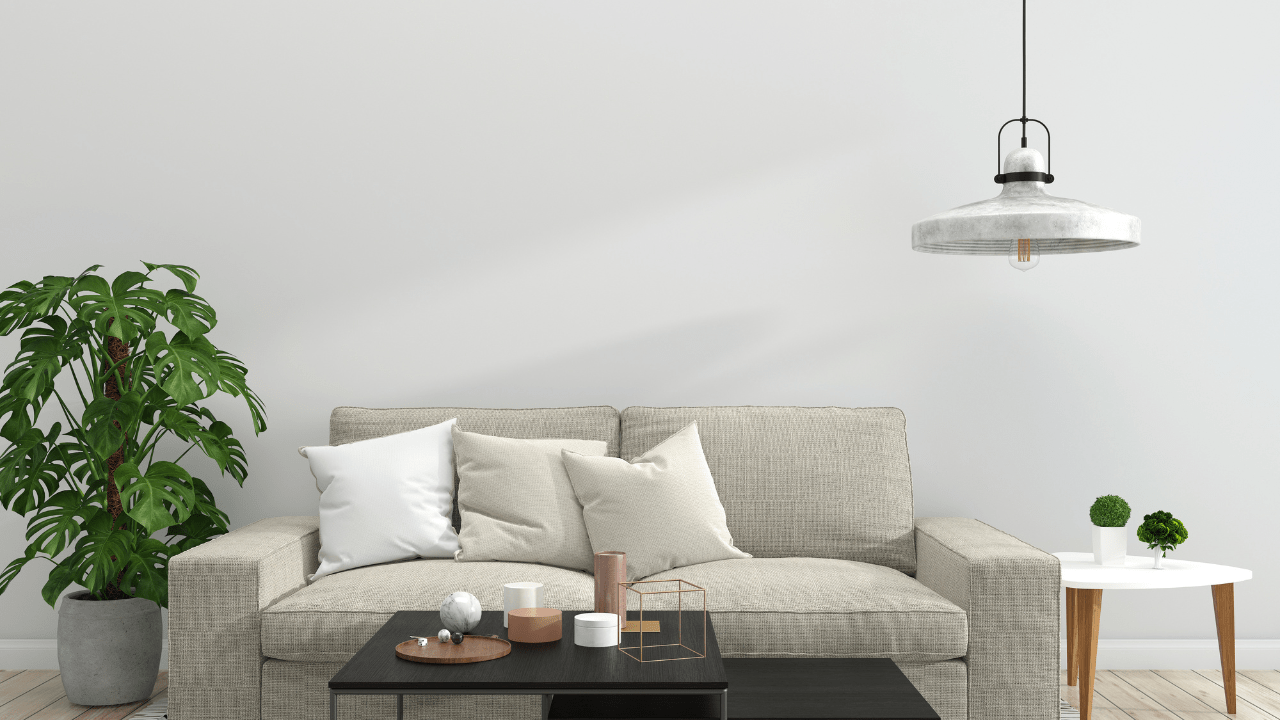
The Kitchen: Functionality Served with Style
In contemporary homes, the kitchen has become a social space. It’s no longer hidden—it’s showcased, shared, lived in.
Modern kitchen décor focuses on clean lines, easy-to-maintain surfaces, and well-planned storage. Handleless cabinets, natural or synthetic stone countertops, and built-in appliances create a seamless aesthetic.
Think of the kitchen as a choreography. Where does the cook move? Where do people chat while preparing coffee? A central island with stools can be the key piece that brings it all together: practical, decorative, and social.
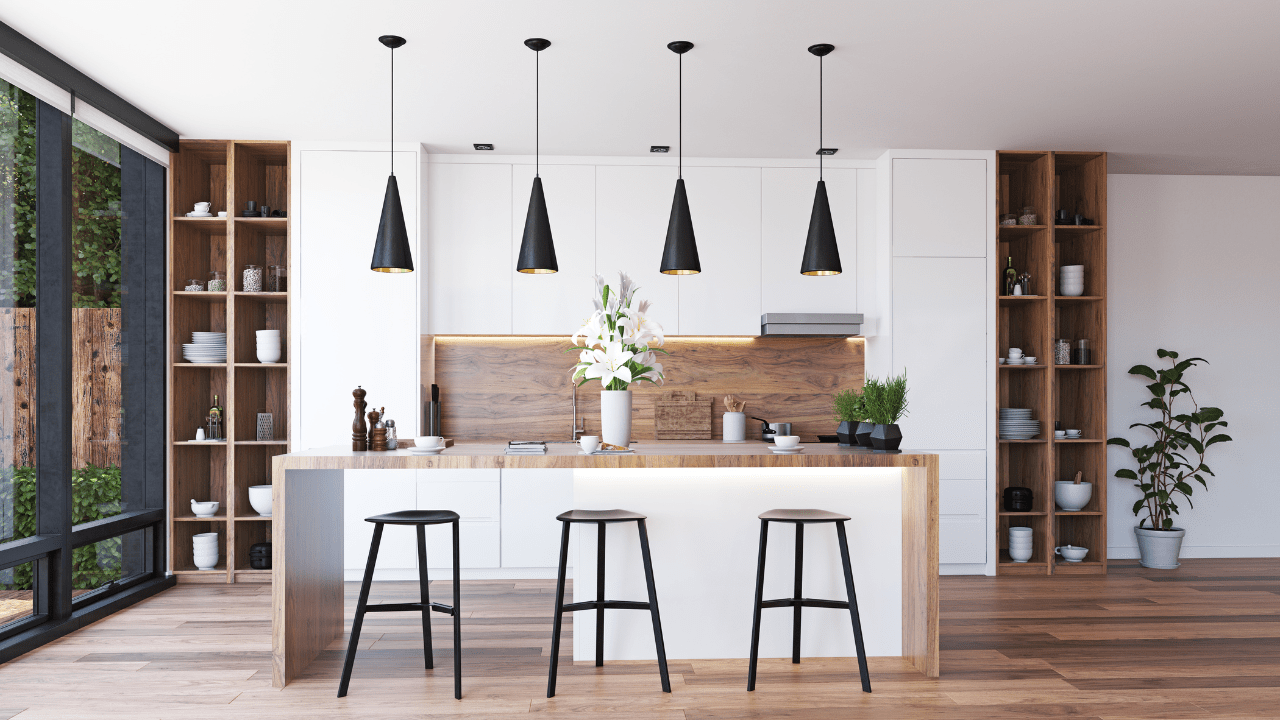
The Dining Room: A Gathering Space
The dining room doesn’t need to be a separate room. In many modern homes, it’s a hybrid space between the kitchen and living area—but that doesn’t mean it shouldn’t have its own identity.
Choose a table that invites people to stay: natural wood for a warm look, or glass for visual lightness. Pair it with comfortable chairs that add style.
Lighting changes everything: a pendant lamp above the table anchors the space and turns it into the heart of the home during meals.

The Bedroom: Refuge, Rest, and Style
Decorating a modern bedroom is about balancing warmth and simplicity.
Textiles take the lead: quality bedding, curtains that manage light, and soft rugs that make the first step of the day pleasant. Experiment with upholstered headboards, asymmetrical nightstands, and pendant lights instead of traditional fixtures.
The final touch? Order. A modern bedroom needs efficient storage—either through built-in wardrobes or multifunctional furniture that avoids visual noise.
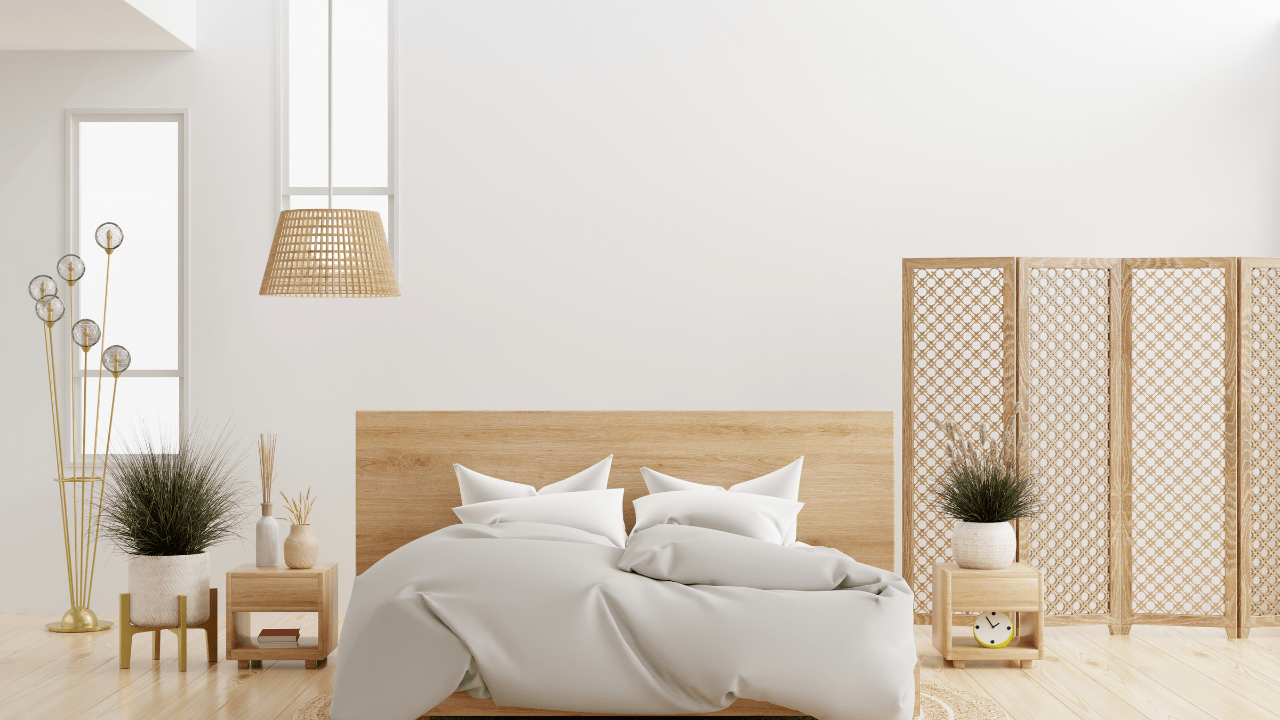
The Bathroom: Functional Minimalism
Modern bathrooms tend to be small temples of visual order and cleanliness. To achieve this, choose wall-mounted sinks, frameless mirrors, indirect lighting, and water-resistant materials with texture: stone, microcement, large-format ceramics.
Black or gold faucets add elegant contrast when paired with a neutral base.
And if space allows, a walk-in shower with a glass partition elevates the overall design without compromising practicality.
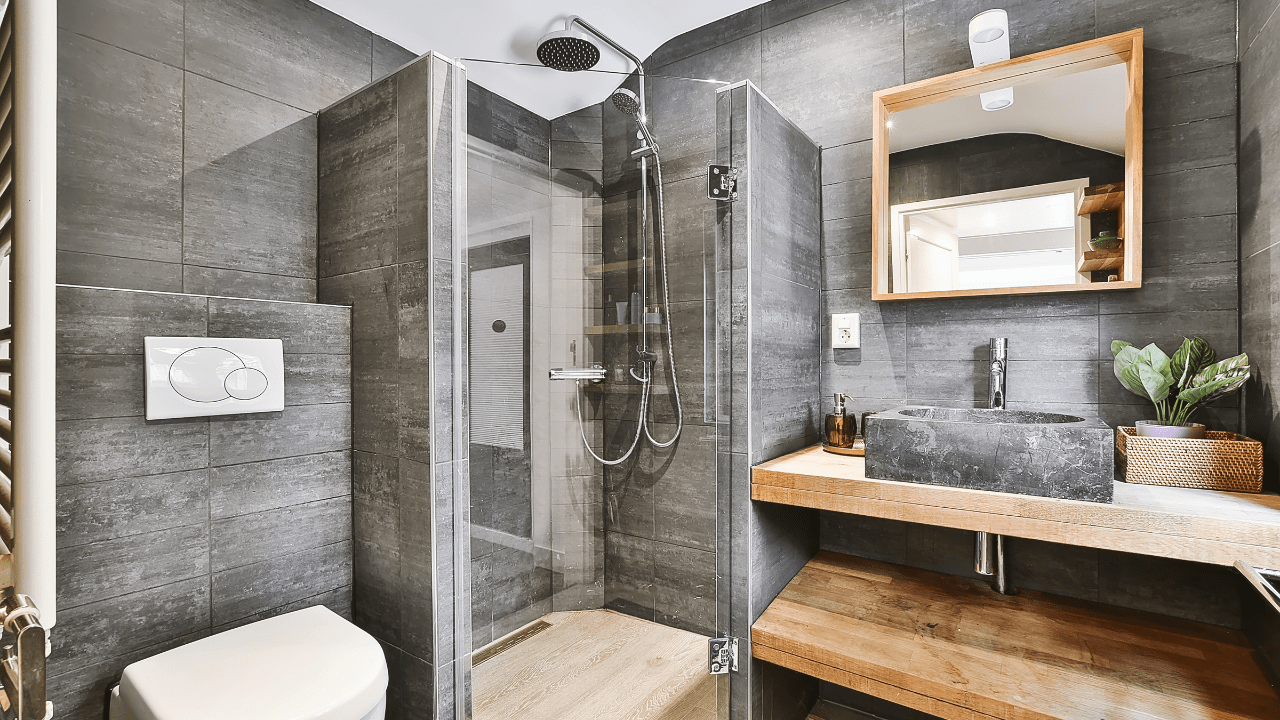
Workspaces: Creative Corners
With remote work becoming standard, many modern homes need to integrate a home office without sacrificing design.
Find a spot with natural light and create an inspiring setting. A desk with clean lines, an ergonomic yet stylish chair, a light shelf… The trick is to make it feel like part of the home, not a corporate office.
If space allows, embed the desk into a wall unit or use a decorative screen to visually separate the area.
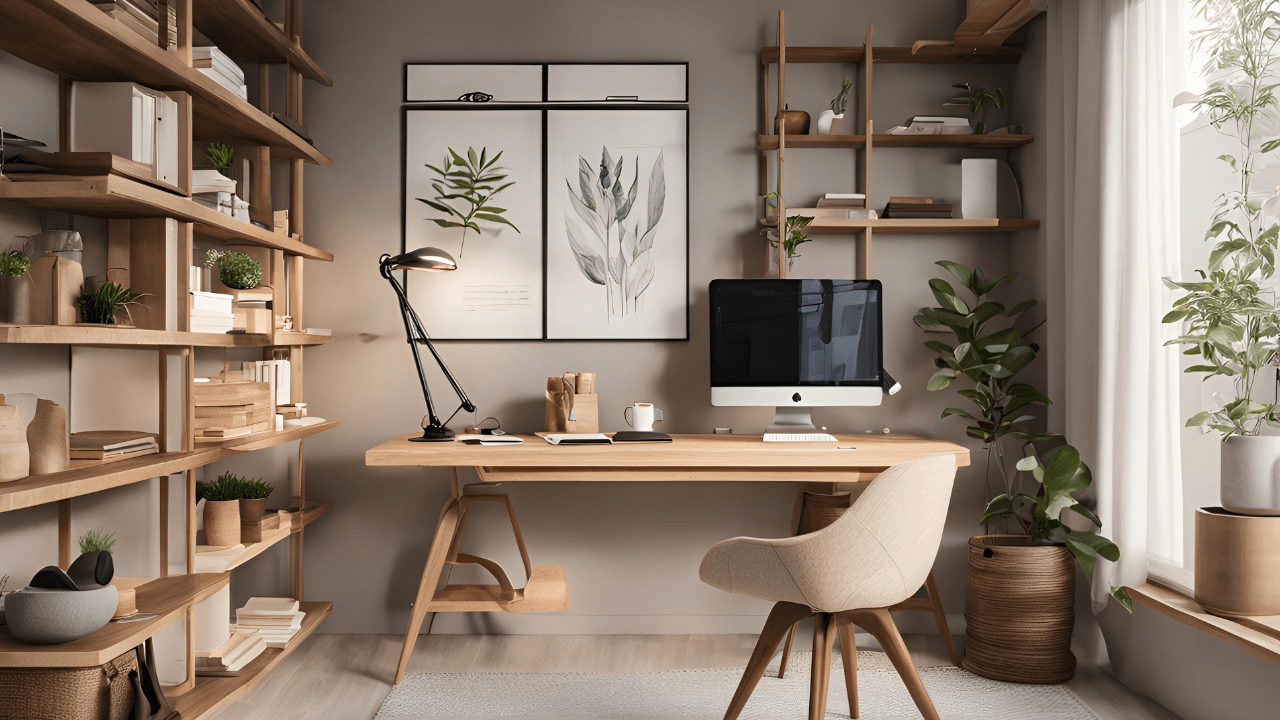
Hallways, Entryways, and Transition Zones
Often overlooked, these areas are crucial in a modern home. Well-decorated hallways add continuity, rhythm, and visual coherence to the entire house.
Use repetition of frames, mirrors, or sconces to create depth.
In the entryway, opt for a functional bench, a sculptural coat rack, or a floating console where you can leave your keys without crowding the space.
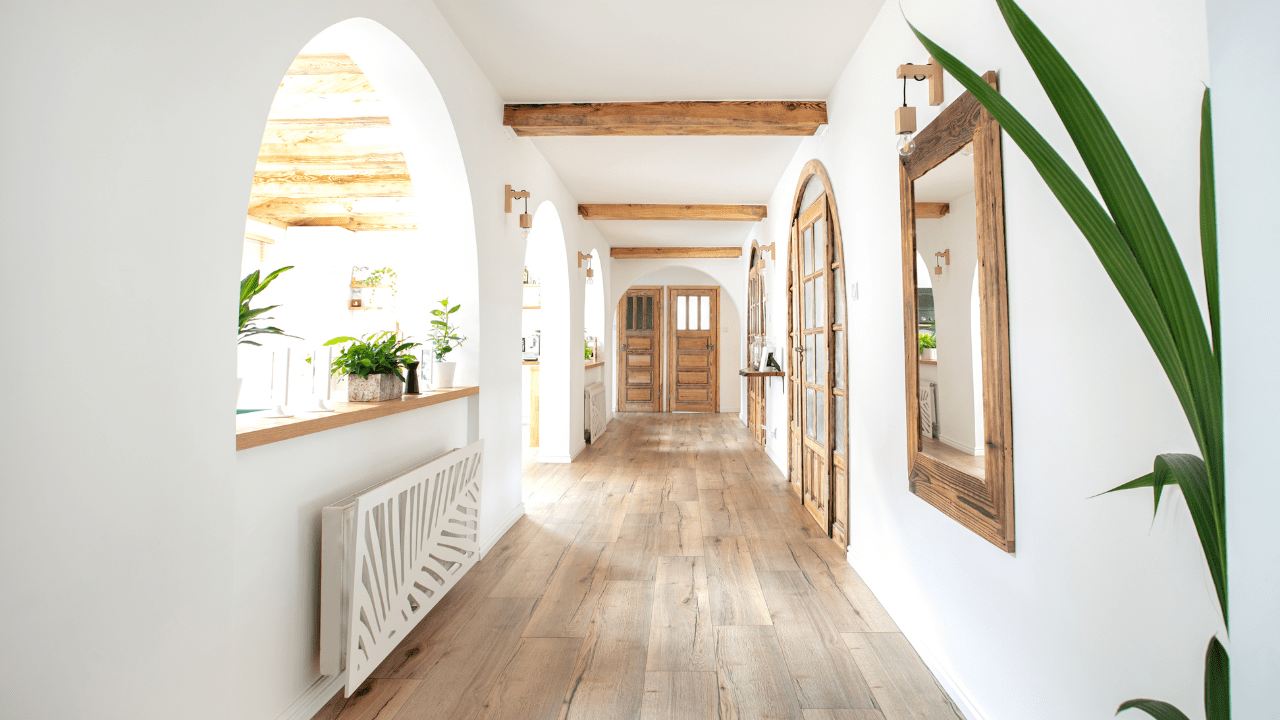
Outdoor Spaces that Connect
Not all homes have a terrace or garden, but if you have outdoor access, turn it into a natural extension of the interior.
Use durable furniture with lines similar to your indoor pieces, outdoor textiles, and potted plants to add life.
Continuous flooring or similar tones between inside and outside help reinforce that highly valued visual connection in modern architecture.
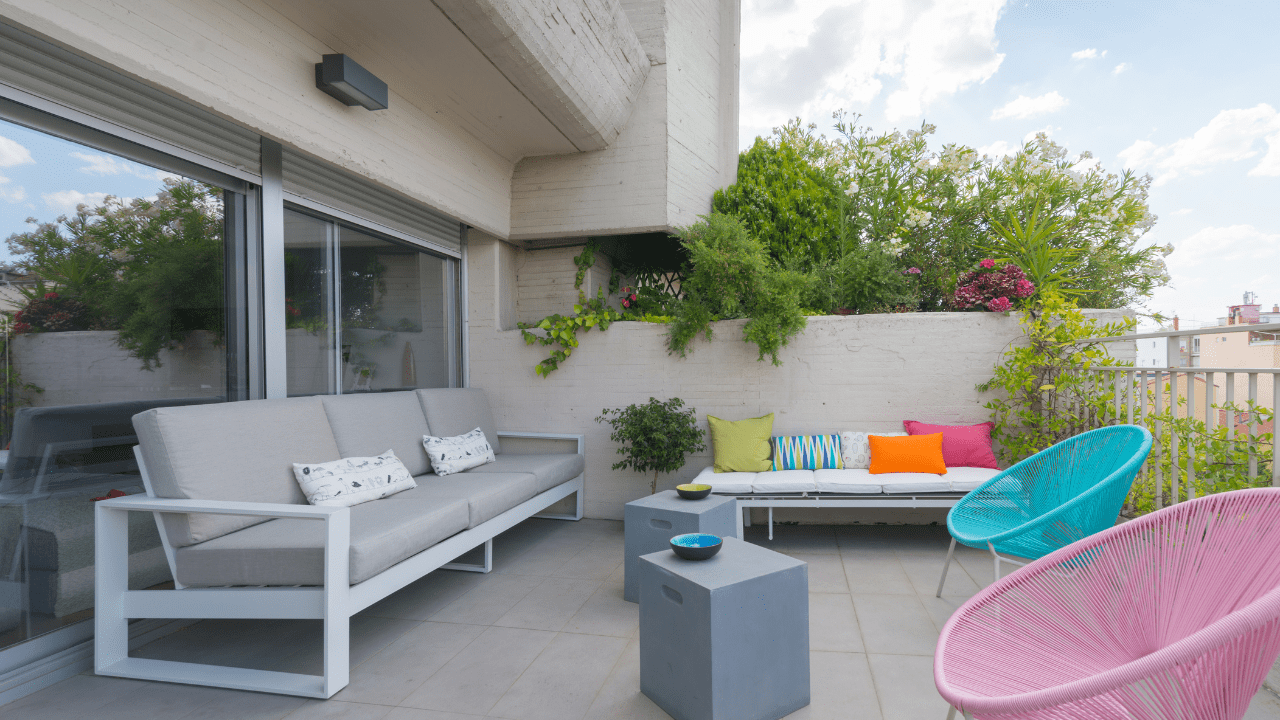
The Importance of Visual Consistency
One of the greatest secrets of modern decoration is visual consistency.
It’s not about everything matching perfectly, but about every space flowing into the next.
Choose a shared material palette (light wood, gray stone, matte white…), repeat it across different zones, and add occasional accents through color, texture, or shapes.
The result will be a home with character, flow, and harmony.
Our Professional Opinion
Decorating a modern home requires more than good taste. It takes planning, attention to detail, and a smart understanding of space. Every element should add both functionality and beauty while keeping the residents’ well-being in mind.
If you’re an interior designer, architect, or furniture manufacturer, using tools like Teowin or Teowin Live allows you to visualize, estimate, and present these concepts with precision. From layout to finishes, you can turn ideas into realistic and competitive proposals.
